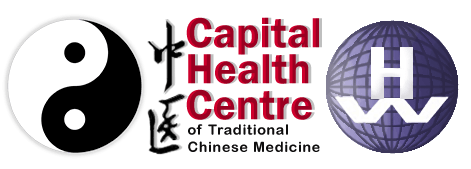Patients and Practitioners Empower Interactive Team Work
Building Connections between the Patient and Practitioner
In traditional Chinese medicine, the appreciation and teamwork between clients and practitioners are crucial to your healing journey.
When you begin your healing journey at one of our clinics, you may already know a lot about your health concerns, because no one knows your body better than you do. Because of this, our practitioners focus on listening to you, and understanding your problems individually so that they can then piece together what will help your overall body balance.
How We Build These Connections
The practitioners at our clinics are like project managers within a team. They work to understand all of the specific aspects of your health, highlight any concerns, and empower you to work towards better health and peace on your healing journey. We empower you by introducing an integrated healing approach to your health and well-being, to ensure that we are supporting a complete picture of your health.
We then hope to give you the opportunity and tools to become happier outside of the clinic, and practise understanding and caring about your own health throughout your everyday life. In this team environment, we all have our unique roles in improving your health, and by working together with our different knowledge sets, we think together to assist you in your healing and learning journey, with your guidance.
Written by Lili Henderson-Clark




